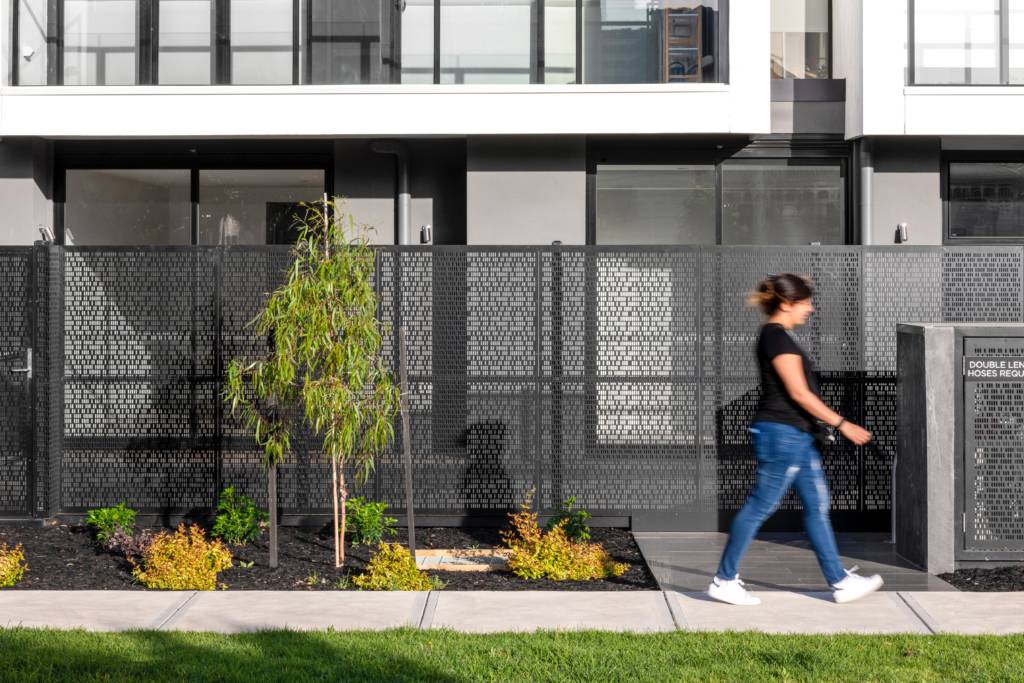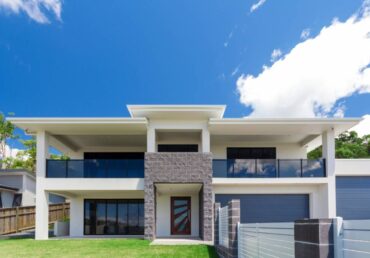
The best type of property for first-time investors
Published 25 Oct 2021 | Updated September 26th, 2023 New home, established property, off-the-plan or fixer-upper? Here are the pros and cons of each property type, and our pick of the bunch for first-time investors.There are a number of property types to consider when thinking about what to invest in. However, not every property will end up being a sound investment. Here are the pros and cons of each type:
Established properties: Older properties in blue chip suburbs (suburbs with typically strong, ongoing demand) often experience slightly higher capital growth, but the growth rates between rental income compared to purchase price can be disproportionate. This property type is more suitable for higher income earners who can comfortably pay the difference.
Fixer-uppers: You may be thinking about purchasing an older property that needs renovating before it can be rented out. While TV shows like The Block have made this approach seem appealing and potentially lucrative, this is one of the riskiest strategies for first-time investors. Unless you have the required renovation skills and knowledge, you might be buying a property with lots of hidden problems that can be expensive to rectify. On the other hand, if the property only needs a few cosmetic updates, such as new paint, carpet and window coverings, then you can easily add value to the property without breaking the bank.
Apartments: Apartments can be split into two categories: high-rise multi complex buildings with a large number of apartments and small boutique buildings with a smaller number of apartments. The latter is more attractive to downsizers and owner occupiers, helping to achieve higher rental rates and yield than larger complexes. Larger complexes may also have more facilities such as lifts, a pool or a gym – leading to higher body corporate fees. Another thing to keep in mind is that apartments have zero land value compared to houses, so you won’t necessarily be able to reap the rewards of increasing land values in certain areas.
Off-the-plan: Buying a brand-new apartment, or purchasing a property off-the-plan, requires plenty of research. In recent years, there have been a number of cases of new apartment developments being affected by major structural issues, developers rescinding on contracts, or even going bankrupt before construction has been completed. While the government is promising to crack down on these issues in the building industry, there is still a long way to go. Do as much research as possible on the developer’s other projects, and, if you decide to purchase off-the-plan, ensure you read all the fine print in the contract of sale, and have a conveyancer or solicitor look over it too.
New homes: New homes in growth corridors are what our clients typically purchase – and for good reason. They are attractive rental properties for all occupancy types – young professionals, families and retirees. Rental yield and capital growth are steady and the costs associated with ownership are lower compared to apartments and older properties. For example, you don’t need to factor in costs such as body corporate fees as you would for an apartment.
Other benefits of buying a new home include:
- New homes have additional financial benefits and incentives, such as reduced stamp duty and the First Home Owners Grant.
- If it’s an investment property, you can claim depreciation over the first few years as a tax deduction.
- Quality new builds are generally built to higher standards for energy efficiency and are less likely to be affected by maintenance issues (and any issues that do arise will generally be covered by warranty).
- You have some creative control by being able to customise the house design and fittings.
- It’s a more affordable way of securing a turnkey home, and there is usually less competition from other buyers.



